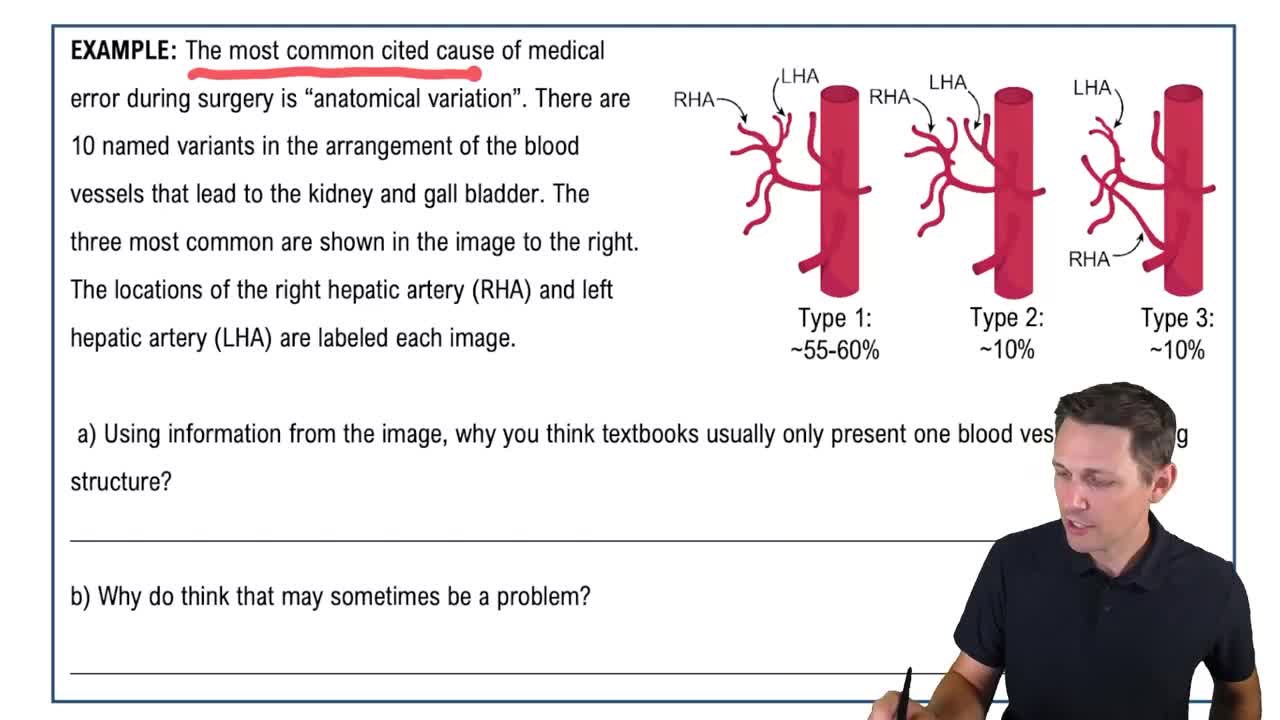Variation in Anatomy & Physiology definitions Flashcards
 Back
BackVariation in Anatomy & Physiology definitions
1/15
Terms in this set (15)
- Anatomical reference bodyA theoretical, average standard body used for comparison in anatomy and physiology, representing a young, healthy adult.
- Normal variationDifferences in anatomical structures that are common and do not cause any problems or impair functions.
- Abnormal variationDifferences in anatomical structures that cause problems or impair functions, such as cancer.
- VertebraeBones forming the spinal column, with most people having 5 in the lower back, though some may have 4 or 6.
- Structure-function relationshipThe concept that anatomical structures must be able to perform life's functions, limiting extreme variations.
- Body fatThe amount of fat tissue in the body, with the reference body having relatively low levels.
- PhysiologyThe study of how the body and its parts work or function.
- CancerA disease characterized by abnormal cell growth, considered an abnormal variation due to its severe impact on health.
- Lower backThe region of the spine where most people have 5 vertebrae, though some may have 4 or 6.
- Healthy adultAn individual without physiological issues, used as a standard in the anatomical reference body.
- AgingThe process of becoming older, with the reference body representing someone who hasn't experienced its effects.
- Body hairHair that grows on the human body, varying in amount and distribution among individuals.
- Blood vesselsTubes in the body through which blood flows, with variations in branching and location among individuals.
- Skin colorThe pigmentation of the skin, which varies widely among individuals.
- Hair textureThe physical feel and appearance of hair, which varies among individuals.


